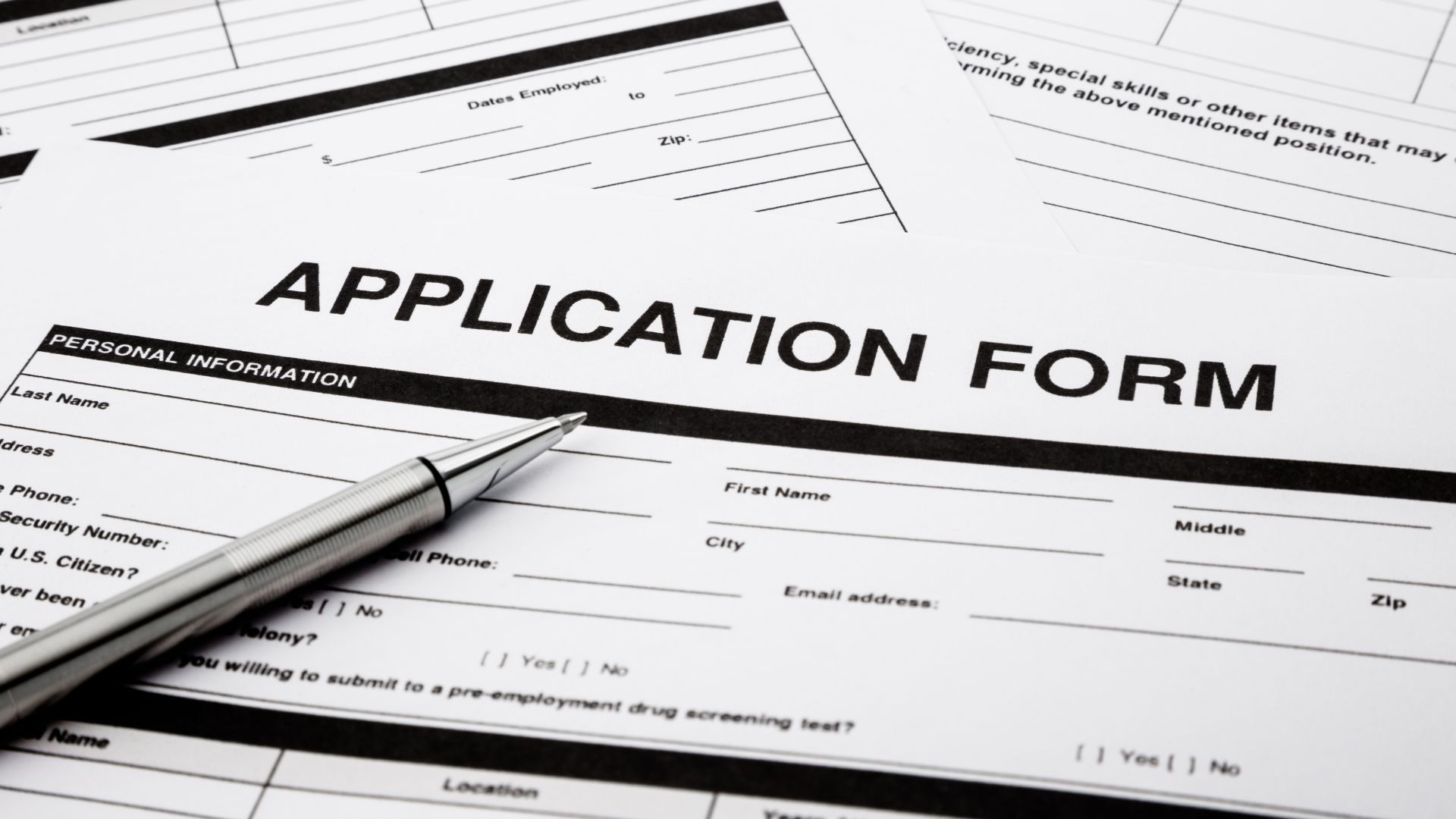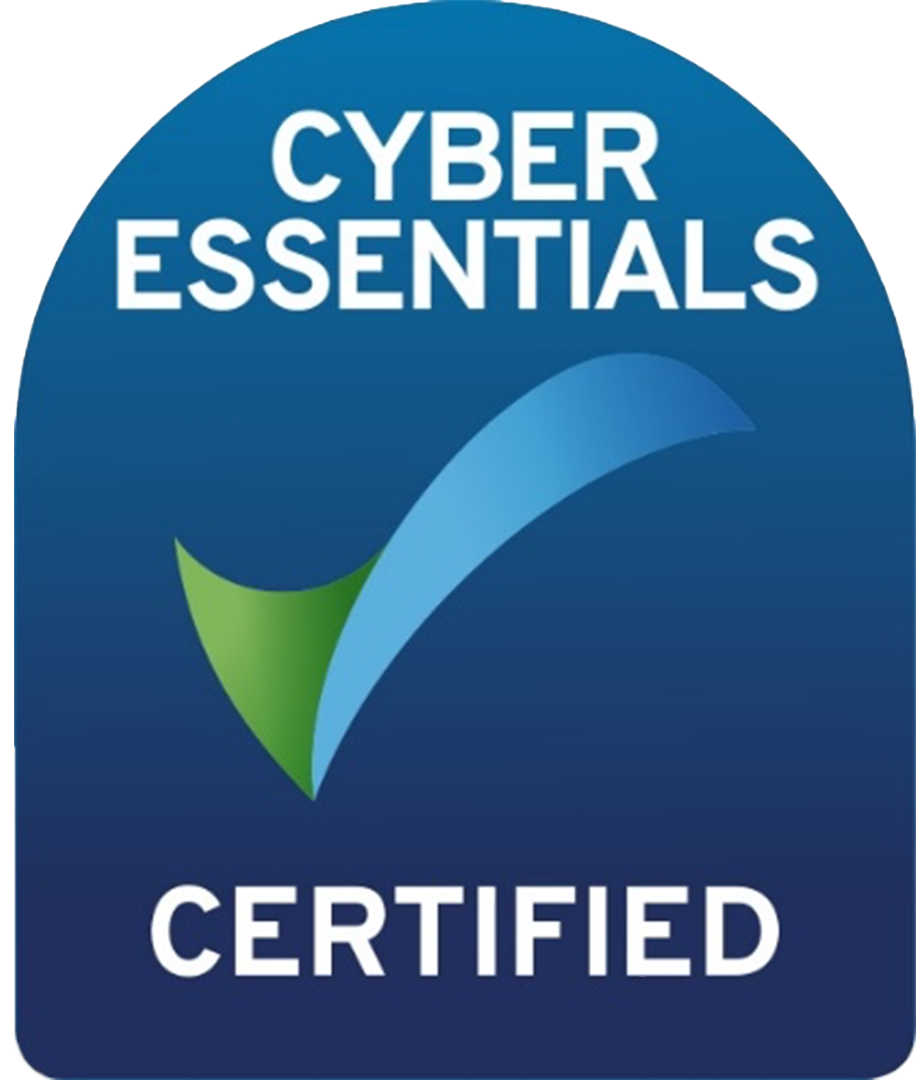Writing Gender Neutral Position Descriptions
Default Author • April 28, 2021
In the mid-eighties, it was perfectly acceptable to advertise for ”Man wanted, aged between 25–32 years for Accounts Manager position…”. It’s fantastic to see todayt that we have come a long way.
Yet from time to time we spot something that hasn’t changed; that we haven’t given much thought to – and it sits quietly within our processes, unnoticed and out-of-touch.
For example, in casting my eye over this Position Description last week, plus the accompanying advertisement on SEEK for an Operations Manager, I read the following:
‘… We are looking for an Operations Manager to run multiple departments from CAD, logistics and the factory while providing top quality leadership to the staff members in his team…. Someone who is hardworking, down to earth and think skinned, fair, strong and humorous…’’
The interesting fact here is that the company involved are strong proponents of diversity within their workforce, yet the use of this language is a perfect example of the unconscious bias that sneaks into our workforce practices – and needs to be addressed.
Four Tips for Writing Gender-Neutral Position Descriptions
The idea is to create job content that is geared toward everyone, rather than marketing open positions to a specific gender.
Even if you’re in a field dominated by a specific gender e.g. males in IT/women in nursing; it may be that the ideal job candidate is a member of the gender you inadvertently failed to market to.
Fortunately, there are strategies to use to enable you to write effective job postings and position descriptions that foster gender neutrality, making it easier to shape job requirements and create postings that reach everyone.
Tip #1 : Ditch the pronouns when writing a job description: Do your best to avoid pronouns entirely. If you must use them, opt for a gender-neutral “they” or, even better, write directly to your potential candidate by using “you.” This will help create a non-gendered description that will better appeal to your candidates.
Tip #2 : Watch your language – it’s not just pronouns that can indicate a gender bias. Many words are typically associated with a specific gender and may leave candidates frowning (such as the example above). Consider avoiding using words like “supportive” and “collaborative,” which tend to be female-oriented words, or words like “direct” and “dominate,” which tend to be more oriented toward men.
Tip #3 : Decrease soft requirements: while it’s fine to be specific about what you want from your ideal candidate, take into consideration how those requirements are gendered. For example, if you’re creating a long list of soft skills that you’d like from a candidate, are you insisting that they “be strong” or be able to “take command,” or are you looking for an individual with “empathy and understanding”? In some cases, focusing on a hard skill set e.g. listing certifications or programs of study, may help neutralise the gendered impact of your job description.
Tip #4: Show off your values. Showing off your values will help both male/female applicants better connect with your company and create a more effective environment for bringing in applications.
- Is your company committed to diversity and equality?
- Are you an equal opportunity employer?
- Do you have a value set that can be identified with by individuals of either gender?
By expressing some of these through your positions descriptions, job adverts and other media considered by potential applicants increases your appeal to a wide number of individuals of either gender.
Finally, by writing gender-neutral job descriptions, you aren’t just benefiting your candidates, you are reinforcing the values and opportunities within your company. And it means you won’t risk turning away some of the best talent in your field before you even have the chance to consider them.
For more information on the services offered by people2people, please don’t hesitate to call our team on 1300 121 727 or email [email protected] .
Find the job you love I Find the right talent
Get in touch with people2people
Australia
I United Kingdom
In business since 2002 in Australia, NZ, and the United Kingdom, people2people is an award-winning recruitment agency with people at our heart. With over 12 offices, we specialise in accounting and finance, business support, education, executive, government, HR, legal, marketing and digital, property, sales, supply chain, and technology sectors. As the proud recipients of the 2024 Outstanding Large Agency and Excellence in Candidate Care Awards, we are dedicated to helping businesses achieve success through a people-first approach.
Recent articles









